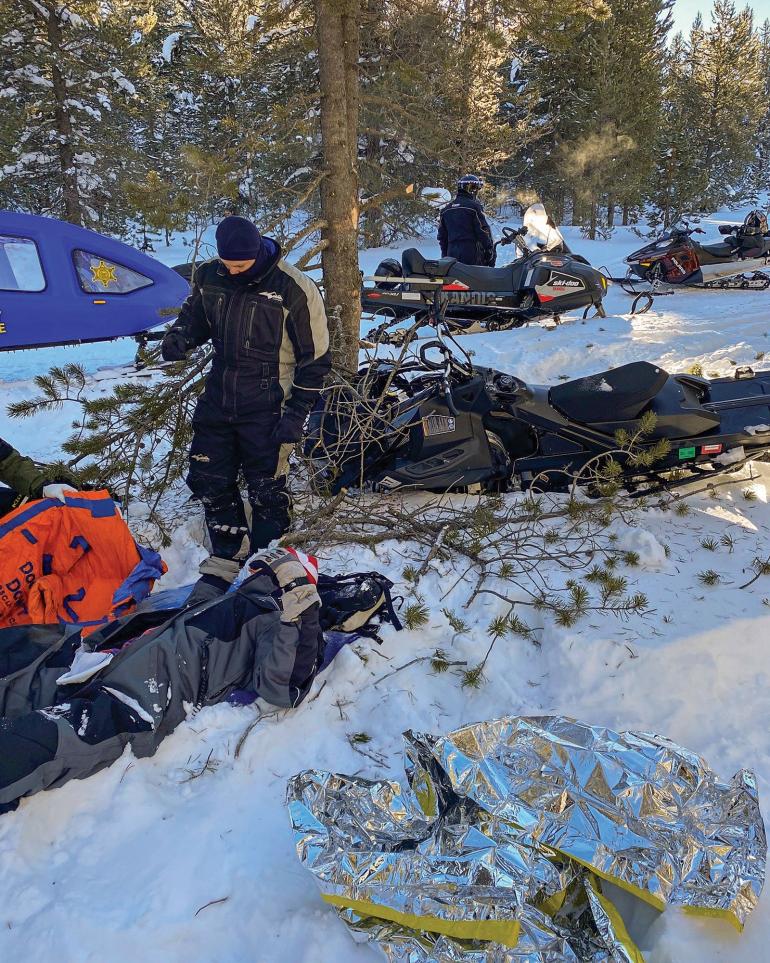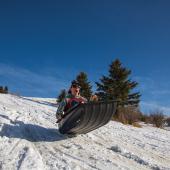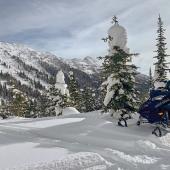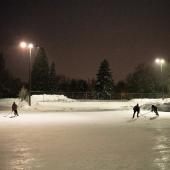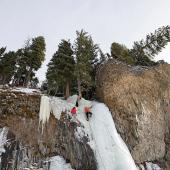Crash Course
Snowmobilers top the charts for SAR calls.
Few activities are more exciting than speeding across the snow on a snowmobile. Problem is, people often underestimate the power of snowmobiles and make assumptions about their own capabilities with the machinery. The 2021-22 winter season was a busy one for GCSSAR, which responded to 15 snowmobile accidents in February alone. It was also one of the deadliest avalanche seasons in Montana in the past decade, with motorized users accounting for all of the deaths.
Most of Montana’s snowmobiling accidents last winter occurred in Cooke City and West Yellowstone. Throughout last winter, more than two dozen rescue missions were for snowmobile-related accidents. Most of these calls required medical assistance.
Avalanches killed four motorized users in Montana last winter, which comprised all of the state’s avalanche deaths. An unusually dry start created dangerous avalanche conditions, with a brittle base layer of snow on many mountains. But this wasn’t even the worst winter we’ve seen in recent years. The 2011-12 season resulted in a record number of avalanche warnings and six deaths in Montana, five of which were motorized users.
The power is thrilling, taking just about five seconds to go from zero to sixty, but it’s also dangerous. Preparation and experience are the only ways to mitigate the high risks of snowmobiling in the backcountry.
Reports of increased snowmobile sales and rentals in West Yellowstone and Cooke City suggest that there are more people recreating on snowmobiles in the backcountry. According to the International Snowmobile Manufacturers Association, snowmobile sales increased 16% in the United States 2020-21 season to nearly 60,000 machines.
Experience in the backcountry is paramount when traveling in avalanche terrain. One snowmobiling group that triggered an avalanche on Scotch Bonnet Mountain near Cooke City, which resulted in two deaths, said that they didn’t read the day’s avalanche forecast—which called for “considerable danger”—before going out.
Riders often make erroneous assumptions about avalanche terrain—for example, that if they’re below an avalanche slope, they can’t trigger an avalanche above them. But that can happen, and it does. Doug Chabot, the director of the Gallatin National Forest Avalanche Center, says it best: “You’re either in avalanche terrain, or you’re not.” Meaning, you need to take all the necessary precautions—and know exactly what avalanche terrain looks like.
Over 14,000 people each year are injured on snowmobiles worldwide, resulting in nearly 200 deaths. The primary causes are alcohol, excessive speed, and driver inexperience.
According to GCSSAR, most of southwest Montana’s snowmobile accidents happen when the rider is trying to turn left. They accredit this to the throttle being on the right. Inexperienced drivers tend to sit while turning, and they push the handlebars with their right hand instead of pulling with their left. This causes them to push on the throttle, making the sled go faster. The inexperienced rider loses control in the unintended burst of power.
More experienced riders use their body weight to facilitate turns on a snowmobile. However, this technique takes some athleticism. People should be aware that jumping side-to-side exerts a lot of energy. But damn, it looks cool. If you know what you’re doing, it’s the most effective way to turn at higher speeds. If you’re an inexperienced snowmobiler who wants to produce this kind of grace on a snowmobile, take a class. Proper instruction cannot be stressed enough when it comes operating powerful machinery.
Snowmobiles weigh around 500 pounds and can reach speeds over 100mph. The power is thrilling, taking just about five seconds to go from zero to sixty, but it’s also dangerous. Preparation and experience are the only ways to mitigate the high risks of snowmobiling in the backcountry.


